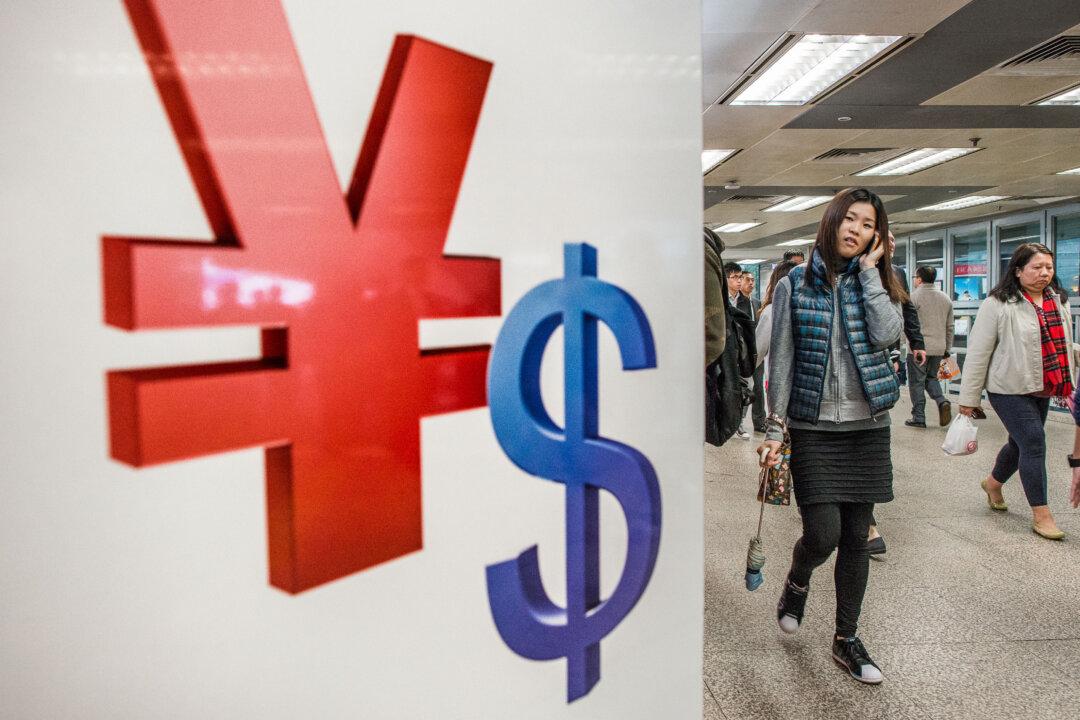During its rise to become the second largest economy, China employed a very simple mercantilist strategy: undervalue your currency and grow through exports. In 2015, it seems China is being beaten by its own game.
In the trade numbers reported on April 13, exports fell 14.6 percent over the year in March and imports crashed 12.3 percent. China’s trade surplus dwindled to a measly 18.16 billion yuan, or $2.91 billion, where it can be as high as $61 billion in good months.
This collapse is one of a kind.





